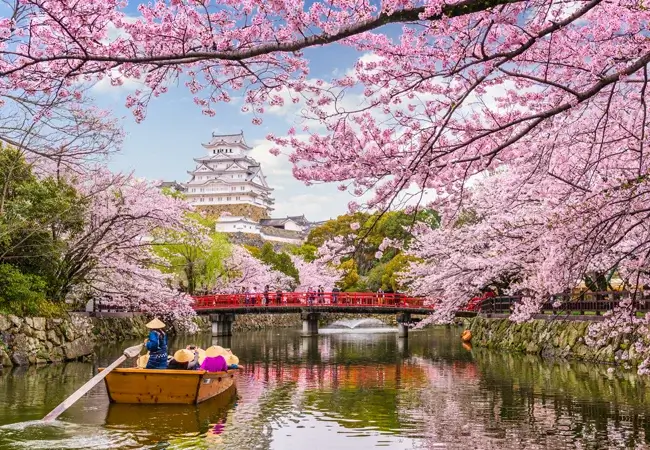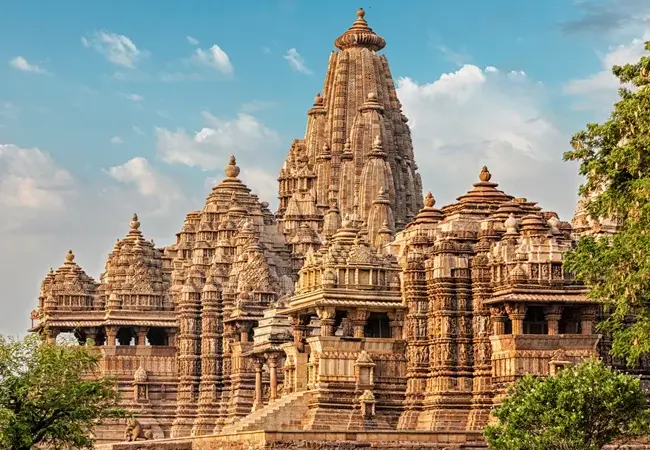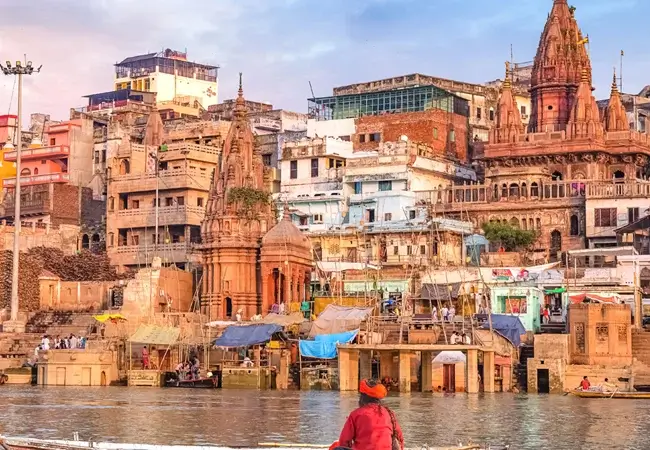
Halebidu
If you are looking for an offbeat travel experience away from the usual crowded holiday spots, then exploring Halebidu tourist places should be on your list. Known as the ancient capital of the Hoysala dynasty, Halebidu in Karnataka is famous for its intricately carved temples, serene surroundings, and rich cultural heritage.
Unlike popular destinations, Halebidu tourism offers a peaceful escape where travelers can admire breathtaking architecture, soak in history, and enjoy a calm environment. The Hoysaleswara Temple, Kedareshwara Temple, and nearby Belur are some of the must-visit attractions that showcase the brilliance of Hoysala art and sculpture.
For those who love exploring hidden gems, Halebidu is the perfect blend of spirituality, history, and tranquility—making it an ideal offbeat destination in Karnataka.
Halebidu Karnataka, once called Dorasamudra, was the capital of the Hoysala Empire in the 11th century CE. After repeated invasions by the Delhi Sultanate in the 14th century, the city was left in ruins, which gave it the name Halebidu, meaning “old city.” Today, it is one of the most important Halebidu tourist places, drawing history lovers and devotees from across the world.
Famous for its stunning Hoysala architecture, Halebidu is home to intricately carved Hindu and Jain temples that depict Lord Shiva, Vishnu, Devi, and Jain Tirthankaras. Inscriptions and sculptures reflect a blend of North and South Indian traditions, making Halebidu tourism culturally rich and unique.
Key attractions include the grand Hoysaleswara Temple, Kedareshwara Temple, Jaina Basadi, and Hulikere Stepwell. These monuments, located close to each other, showcase the spiritual and architectural legacy of Karnataka.

- Hoysaleshwara temple
- Jain Temples
- Kedareshwara temple
- The northern group of historic Hindu and Jain temples
- Nagareshwara and palace archeological site
- Hulikere step well
- Chennakeshwara temple, Belur
- Shravanabelagola
- Nuggehali group of temples

The Halebidu Hoysaleswara Temple, built in the 12th century, is one of the largest and most remarkable monuments of the Hoysala dynasty. Dedicated to Lord Shiva, this architectural marvel was commissioned by King Vishnuvardhana on the banks of a vast man-made lake. Despite invasions by the Delhi Sultanate in the 14th century that left it partly in ruins, the temple still stands as a masterpiece of Halebidu tourism.
The temple is unique as it follows a twin-temple style, housing two Shiva Lingas—Hoysaleswara and Santaleswara—symbolizing masculine and feminine aspects. Two massive Nandi statues face the shrines, while a smaller sanctum honors Surya, the Sun God.
What makes the Hoysaleswara Temple Halebidu world-famous are its intricate carvings, detailed friezes, and sculptures reflecting Shaivism, Vaishnavism, Shaktism, and even Jain traditions. Despite centuries of damage, the artwork, iconography, and inscriptions continue to fascinate visitors and history lovers.

The Chennakeshava Temple Belur, also known as the Vijayanarayana Temple, was commissioned by King Vishnuvardhana in 1117 CE on the banks of the Yagachi River. Built over three generations, this 12th-century marvel near Halebidu Karnataka is one of the finest examples of Hoysala architecture.
Dedicated to Lord Vishnu, the temple has remained an active site of worship and a key attraction for Belur Halebidu tourism. Its intricate sculptures, reliefs, friezes, and iconography make it a must-visit for travelers exploring the cultural and spiritual heritage of Karnataka.
- Chennakeshava is the main temple situated in the middle of the Chennakeshava complex.
- To its south, there is another temple called the Kappe Chennigaraya temple which measures around 124 feet by 105 feet.

Shravanabelagola is a famous Jain pilgrimage town near Channarayapatna in Hassan district, Karnataka. It is renowned for the massive statue of Gommateshwara Bahubali, one of the most sacred sites in Jainism and a major attraction for devotees and tourists alike.
The town also preserves over 800 inscriptions, dating from 600 AD to 1830 AD, mainly in Kannada. These records highlight the history of the Western Ganga Dynasty, Hoysala Empire, Rashtrakutas, Vijayanagara rulers, and others—making Shravanabelagola Karnataka a treasure for both spiritual seekers and history lovers exploring Belur and Halebidu tourism.
Belur, a historic town in Hassan district, Karnataka, is renowned for the grand Chennakeshava Temple, dedicated to Lord Vishnu. This architectural masterpiece of the Hoysala Empire is considered one of the finest examples of Karnataka’s temple art and heritage. It also stands as the largest surviving temple complex from the pre-14th century Karnata-Dravida tradition.
Once the first capital of the Hoysalas before Halebidu, Belur Halebidu together form an iconic twin destination for history, culture, and temple tourism in Karnataka.
The best time to visit Halebidu is from October to March, when the weather is pleasant and ideal for sightseeing. During these months, visitors can comfortably explore the stunning Hoysala temples, ancient monuments, and other attractions. This season is perfect for enjoying the rich history, architecture, and heritage of Halebidu Karnataka, making it the peak period for Halebidu tourism.













